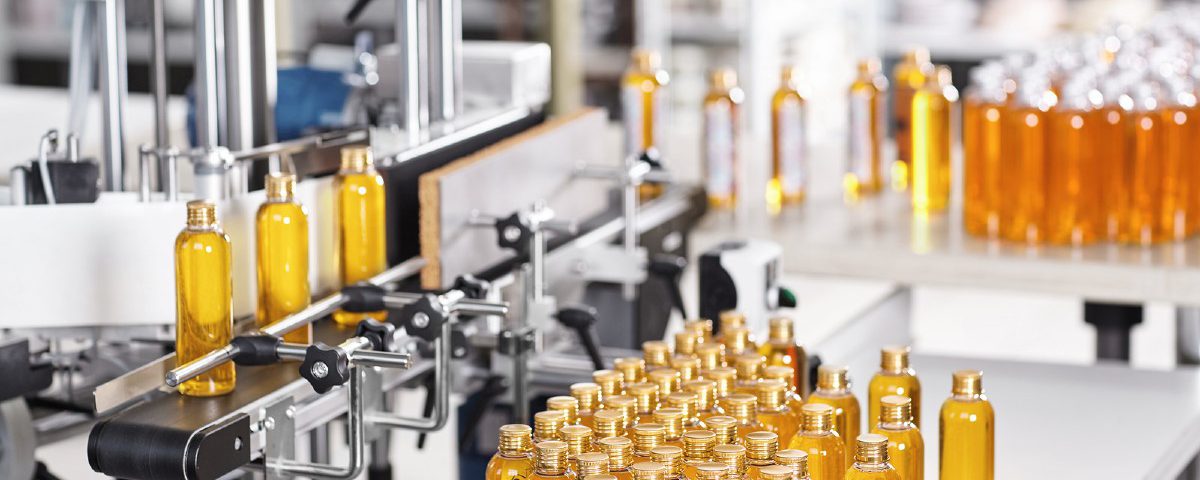It’s the challenge that all start-up indie brands face. Navigating the tricky terrain of outsourcing their manufacturing in the early days of building their brand. Following on from her first article for the Indie Brands Series, in-cosmetics North America advisor Karen Young, CEO of The Young Group, returns with part two to explain how to navigate the challenges of outsourcing product manufacturing.
FORMULA FOR OUTSOURCING SUCCESS
Think of all the indie brands that you know of – Drunk Elephant, Tatcha – they all started in a kitchen. Their story is at the heart of their marketing strategy, but moving from that kitchen stage to a contract manufacturer is one of the biggest challenges when starting up.
How much are you manufacturing?
The very first question an indie brand should ask their preferred manufacturer is around minimum order quantities. Not only on raw materials but also on product packaging. Is the manufacturer going to source the packaging for you, or do you have to go to somebody else to do it?
Think of it like this: If you want someone to source tube packaging and the minimum order quantity of that tube is 10,000 pieces, and you want to make a cream with a contract manufacturer and they have a minimum order quantity of 20,000 pieces, then your packaging supplier and contract manufacturer need to speak to each other.
The contract
Next, you need a written contract that is legally binding and outlines every single detail of the partnership from costs and timings to deliverables. My advice is that brands new to contract manufacturing should hire an expert – even if it’s just for a couple of hours. Dealing with a contract manufacturer can be difficult and most of your money is going to be spent on your product. For example, if you’re launching several products and the minimum order quantity on each is 10,000 pieces, you’ll need to allocate high levels of investment. By understanding every step and the responsibilities of all involved parties, you can help manage the risks involved.
The brief
Once you have nailed the contract, it’s time for a detailed product brief. This should benchmark all the characteristics of the product to be manufactured – from the texture to the colour, fragrance, viscosity, the cushion, playtime, dry-down and even residue. All of these details are vital.
The brief I recommend indie brands use is five pages long and includes every small detail, from the costs of the goods to the regions you’re going to distribute and market to. This is an important consideration because it will have a bearing on the ingredients that can be used, due to country-specific regulatory issues.
You will also need to consider the type of packaging and how the product will be dispensed. For example, is it going to be in a tube with a needle-nose point or in a regular tube for instance? Does the formula contain antioxidants that degrade with air, so an airless pump will be needed?
At the same time, indie brands must think carefully about the formula. Calculating the cost can be a challenge, so it’s vital to calculate and agree the cost of ingredients to avoid any changes that the contract manufacturer may make – based on their own favourites or preferred ingredients.
If possible, try finding an example of a product brief that has been successfully used before. This also helps the manufacturer, as all requirements will be outlined, both in terms of the final formulation and costs.
Who owns the rights?
When it comes to outsourcing manufacturing, a key consideration and question to ask before completing any contract are the rights to the formula itself. It is important that indie brands know who owns the formula to avoid any potential issues further down the line.
There are two potentially major issues for indie brands. The first will appear if the indie brand decides to switch manufacturers and cannot take the formula with them. The second is if the brand looks to expand after a successful launch, venture capital investors are unlikely to favour a brand that doesn’t have the IP of its own formulations. Unfortunately, this can be an expensive consideration when outsourcing manufacturing, but it is a crucial step in owning and building your IP.
Final thoughts
Finally, always plan for the unexpected. There will be challenges along the way but by planning and understanding the risks, indie brands can ensure they are prepared and have the best chance for success.
When working with indie brands, I always encourage owners to take a look at the ‘Getting to Market: A Reality Check’ resource on my website. It outlines the reality of launching a product in a market where 159,000 new products were launched worldwide in 2018 and only 20% existed two years later, with less than 1% topping $1m in sales.
The reality is that launching a brand will cost at least twice as much as brands plan for, and it also takes twice as long. But a disciplined approach that is driven by insight, experience, passion and a sense of humour, will ensure indie brands are ready to start their own journey in this exciting and innovative category, so enjoy it and… good luck!
Don’t miss the next article where we investigate if crowdfunding can help cosmetics and personal care start-ups launch and scale operations.
Karen Young, CEO, The Young Group, will lead the brand new in-cosmetics North America Indie Brand Trail and Tours on October 23 -24, supporting small businesses meeting suppliers who can support indie scale production.

